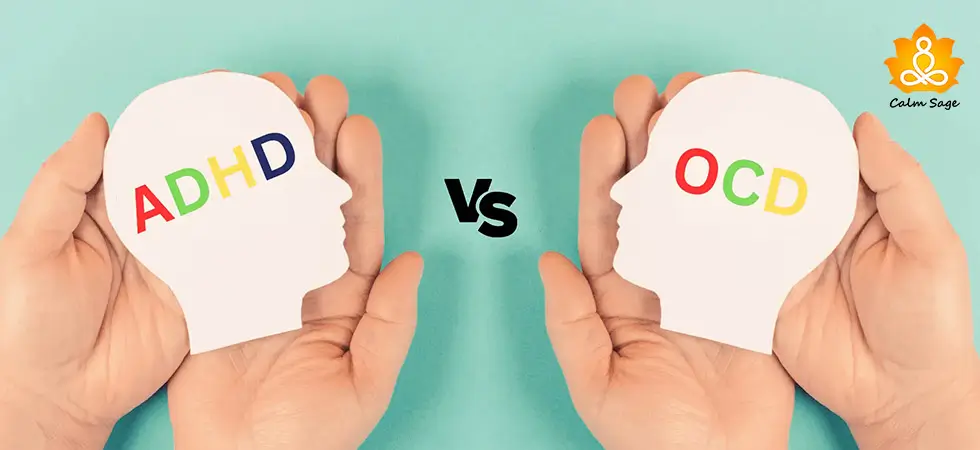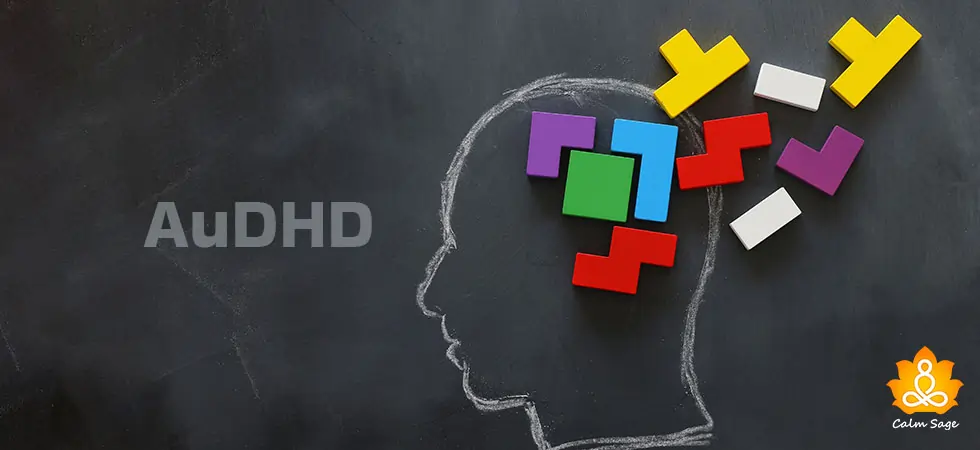How to Manage ADHD Mood Swings

Mood swings are common for people with ADHD, and knowing how to manage them makes things easy. In this post, we will explain different ways in which ADHD mood swings can be managed.
Everyone struggles with mood changes, so blaming people with attention deficit hyperactivity disorder or saying they are the ones with mood swings will not be right. Certainly, these people experience more mood fluctuations and may get uncontrollable, but there are ways to manage these swings. Here, we explain these ideas in detail.
What are Mood Swings?
Mood swings are unpredictable. They are an indication of shifts in emotion over a short span. When this happens, even trivial things trigger the person, and a happy mood can change into sadness, anger, despair, or disappointment. However, if these mood changes last for weeks, without any reason, they stress out a person and disrupt personal and professional life.
Moreover, things go out of control when the trigger is unidentifiable, or the person cannot explain why they feel the way they feel. If this happens with a normal person, identifying the reason is easy, but with people with ADHD, it can be difficult. In such cases, you should know how to manage mood swings.
Mood Swings in ADHD People
Mood swings in ADHD can be characterized as smooth and unexpected mood alterations. These can be positive or negative and are often triggered by the environment, people, or an event.
Compared to the mood swings in bipolar disorder, the mood swings in ADHD people are shorter and can happen both repeatedly and frequently. In some cases, they even feel intense mood swings due to emotional dysregulation, heightened sensitivity, and other environmental issues.
Signs of ADHD Mood Swings
ADHD mood swings can vary from person to person. However, there are certain common signs that we will explain below:
- Frequent outbursts, quick fluctuations, and rapid mood changes lead to overreaction.
- Feel overstimulated in certain situations or environments.
- Frequent plan changes due to mood swings.
- Irritability, low tolerance, impatience, change in mood if things don’t go as planned.
- Unable to manage frustration, leading to further conflicts.
- Short-lived high energy span.
- Intense emotions like heightened excitability or meltdowns.
What do ADHD Mood Swings Feel Like?
ADHD mood swings change rapidly. An individual can feel happy and sad in just a few seconds or minutes. This happens quickly, leaving the person overwhelmed, stressed, and unable to control the body. Also, they make impulsive decisions that further lead to mood swings.
Managing Mood Swings
Here are a few ways someone with ADHD can use to manage their mood swings:
1. Understand the triggers
Understanding what makes you anxious, frustrated, happy, sad, or emotional is a great way to start and learn how to manage your mood swings. This understanding helps apply coping strategies and manage mood swings. To explore the triggers, you can do the following things:
- Document mood swings and the reason why they happen. This will help you understand why you have mood swings.
- Ask loved ones to share their point of view and inform you about emotional fluctuations.
- Can use mood tracker apps.
- Label the feeling so that you can be conscious and give a rational explanation for the way you feel.
- Increase emotional awareness and what makes you make impulsive decisions.
2. Grounding exercises
Another technique for dealing with mood swings is to practice grounding exercises. These help the person return the focus to the present and understand what makes them uncomfortable. You can do box breathing, meditation, and mindfulness activities. These practices will help people with ADHD calm down and bring them into the present moment.
However, as these people are hyperactive, they may be unable to practice these exercises immediately. Still, they can do them with some patience or select the technique that suits them best.
3. Self-care and self-compassion
Mood swings are manageable if you are ready to show compassion towards yourself. Give yourself the time to unwind and understand what’s happening. Practice self-care and self-love, stop criticizing yourself, and let your inner voice take over.
For ADHD people, having mood swings is normal, but this doesn’t mean you should leave them thinking this is normal. Mood swings, whether experienced by normal or by people with ADHD, are annoying. Practice self-love during a mood fluctuation and try to be physically active, which will help reduce muscle tension and knots.
4. Shifting focus
Focus on the solution instead of the problem. The more you focus on things that aren’t working, the more you will have mood swings. Divert your energy to something more constructive. For example, you can turn your attention to something you enjoy, such as watching YouTube videos, listening to music, playing video games, etc.
Shifting your thoughts away from things and people that spoil your mood is an excellent way to manage mood swings. If your mood has already taken a turn for the worse, thinking about the situation can only make it worse. Try to live in the present and calm down. There is no sense in dwelling on the past.
5. Taking breaks
Allowing yourself to take breaks. It is an important part of taking care of yourself and ensuring you give yourself time to calm down and regain your mental stamina. Focus on enjoyable activities that reduce your stress levels and make you happy. These activities vary from person to person. So start by listing what brings out positive and safe feelings in you.
Feel free to use technology, like apps that remind you to take a break, hydrate, or send motivational quotes throughout the day. Alternatively, you can use this time to do something productive for yourself, to decompress or relax your mind.
6. Physical exercise
In general, physical exercise has great benefits for people with ADHD. It helps to let off steam and relax intense emotions. To reduce stress, you can even try tai chi. This art form helps release endorphins, which elevates mood and works best for those who get regularly and quickly anxious and angry.
Get Help
Great for CBT Based therapists
20% off your first month 
Best for Treatment Plants
$100 off your first month with code SPACE
|
Finally, talking to a professional and seeking specialized treatment can help you better understand the causes and patterns of your mood swings. With their guidance, a treatment plan can be developed that offers more targeted interventions and other strategies for managing mood swings. Such techniques can focus on different aspects, from the moment emotions start to arise to dissipating them and dealing with the after-effects. Common treatments include therapy, medication, or a combination of these.
These techniques will help manage mood swings in ADHD people and will give a way to control impulsiveness and emotional fluctuations. If you or someone you know is prone to such mood changes, try to implement these techniques so that you can help them. This will impact their ability to maintain both emotional and behavioral control.




















